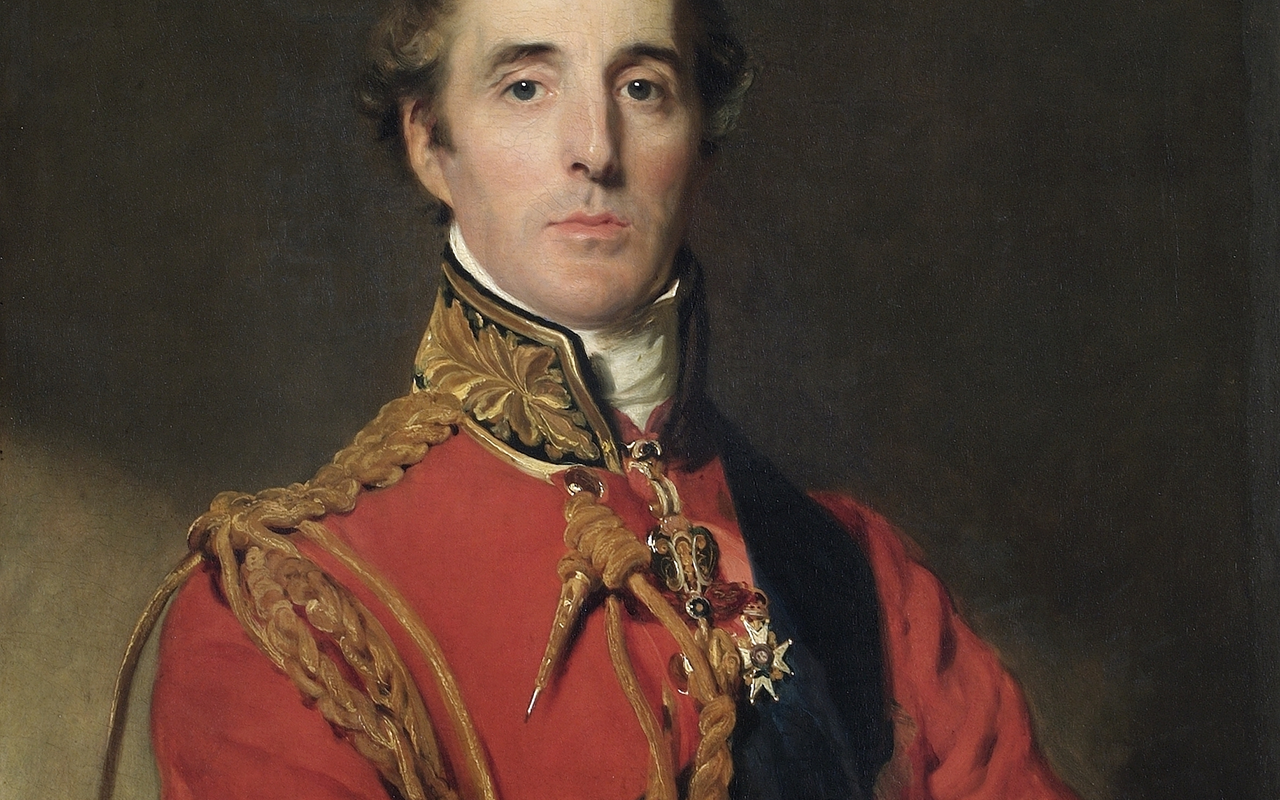LONDON — Who commands the ground? This is the kind of question that any serious military commander needs to ask. In the case of Apsley House, once the home of the Duke of Wellington, victor at Waterloo, it is undoubtedly — and quite emphatically — his arch enemy, Napoleon Bonaparte, that Corsican flibbertigibbet who was a good four inches shorter than his nemesis.
And my goodness, what a spectacle this particular Napoleon is, facing us soon after we enter the house from the traffic-choked mayhem of Hyde Park Corner. (Yes, built on the north side of Hyde Park Corner, Apsley House’s original address was Number 1 London.)
Antonio Canova’s statue of Napoleon sits at the bottom of the stairwell, next to the great spiraling staircase that sweeps visitors up into the state rooms of the house. It is enormous in size, too heavy to travel elsewhere, and, barring a fig leaf, stark naked. Napoleon himself detested it (too athletic, he euphemized), and so it never entered the Louvre. George IV of England bought it and gifted it to Wellington.

You see, Wellington was rather obsessed with images of his great rival, and Apsley House has at least 15 of them in its collections. Napoleon boyish. Napoleon mature. Napoleon with wife Josephine. Napoleon on the field of battle, in bicorn hat, mounted on white charger, overlooking the terrain of Waterloo.
Contemplating the seven ages of a vanquished rival must have been sweet indeed.
Currently, an exhibition in the Portico Drawing Room at Apsley House shows off five of Wellington’s dress uniforms, all examples of peacockish sartorial splendor, and several made locally in Bond Street or Savile Row (then as they would be now). He would have worn them when attending grand civic receptions or generously troughing with the crowned monarchs of Europe. These uniforms seem to grow fuller at the stomach the more he was feted and feasted — the fine red silk-macrame sash that sets off his Portuguese Army Jacket (c. 1809), for example, draws attention to that creeping engrossment. The caption to his gold-embroidered navy wool coat reminds us that he was made Marshal-General of the Portuguese Armed Forces when he was leading the Anglo-Portuguese against the French in the Peninsular War.

Wellington the soldier didn’t always look quite this dressy. He never wore military uniforms on the battlefield, preferring something simpler and less ostentatious: cream breeches, dark blue jacket, and perhaps a tricorn — he was always very particular about the way he turned himself out. As was Napoleon, of course.
Just as you are about to enter the Portico Drawing Room, you’ll see a huge portrait of Napoleon done in 1812 that makes him appear taller than his actual size. It is as if its painter, Robert Lefèvre, is looking up at him from a crouching position; his long black leather boots make much of his lower legs.
If you’re feeling flippant, you could say that Wellington and Napoleon were two of a piece, as much rivals in the dressing rooms of Europe as enemies on its battlefields.
Downstairs, opposite that monumental, near-naked Napoleon by Canova, sits a marble portrait bust of Wellington. Looking as old as any other gaunt, grave counsellor, he stares down his old antagonist, in death as in life.




Soldierly Splendour: The 1st Duke of Wellington’s Dress Uniforms continues at Apsley House (149 Piccadilly, Hyde Park Corner, London, England) until further notice.

